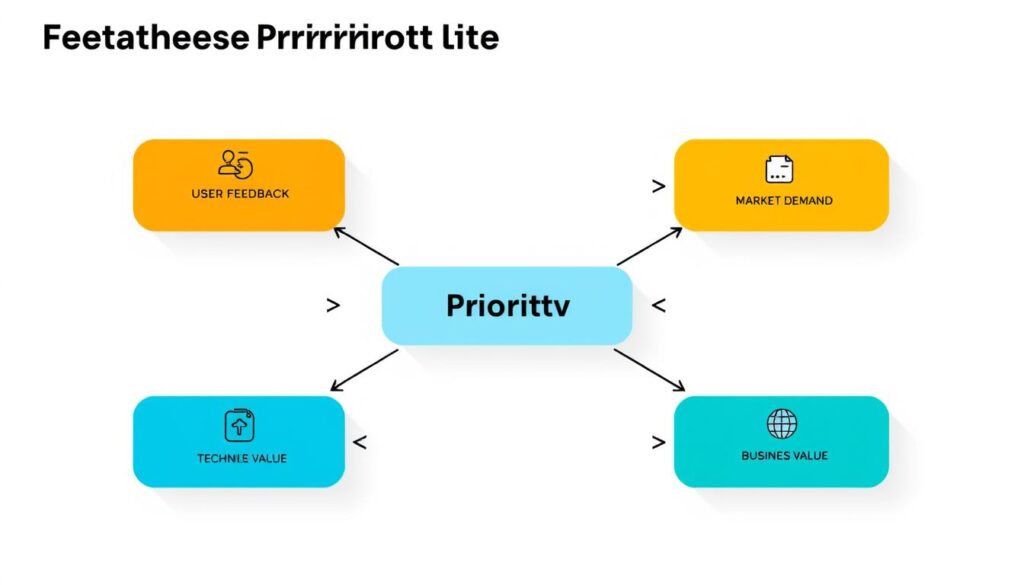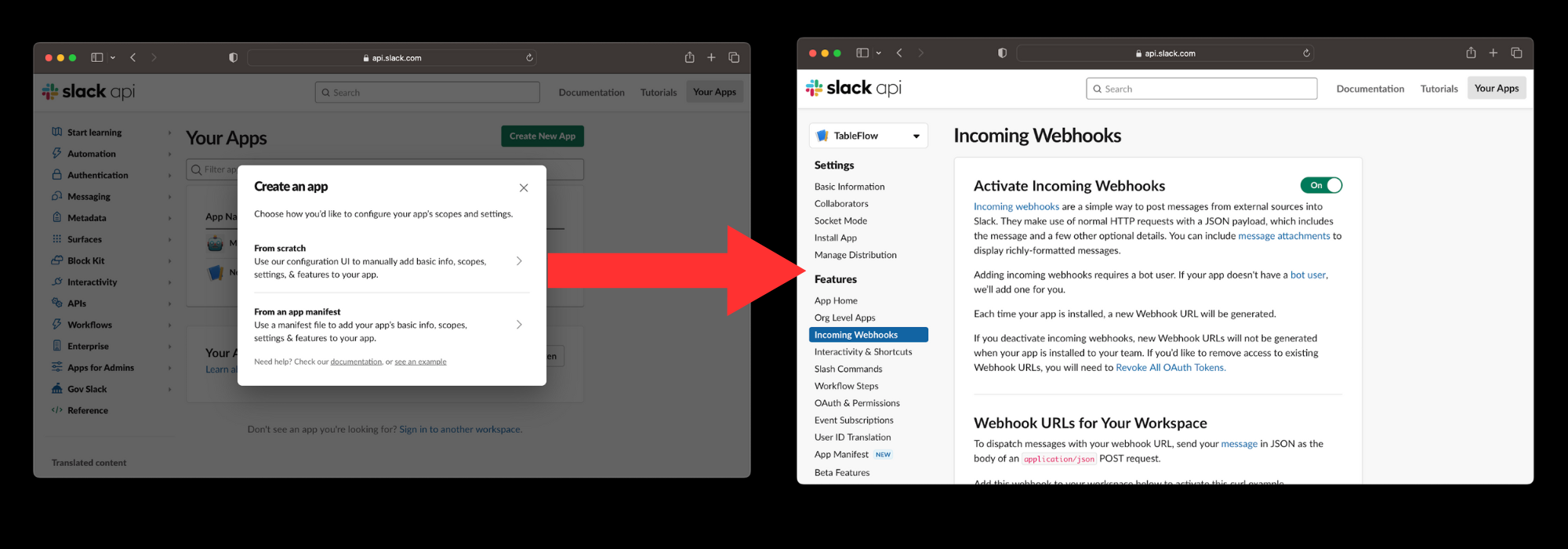In the startup world, where 90% of new businesses fail, picking the right features for your MVP is key. An MVP is a basic version of your product, made to test if people will use it. Choosing the right features is vital. It helps focus on what’s essential and what’s not, making your product stand out by solving real problems1.
By focusing on the most important features, startups can get their app out faster. They can also set a budget and plan for growth1. This process aligns your product with your vision and what your customers want. Getting this right can mean success or failure.
Key Takeaways
- Feature prioritization is crucial for the success of a startup’s MVP, helping determine core functionality and align the product with user needs.
- Techniques like the MoSCoW method and Kano model can be used to categorize and prioritize features based on their importance and impact1.
- Incorporating user feedback, analyzing user behavior, and considering technical feasibility are essential steps in effective MVP feature prioritization1.
- Aligning feature prioritization with the company’s strategic vision and balancing user needs with business goals is key for sustainable growth1.
- Involving cross-functional teams in the prioritization process ensures organizational alignment and a well-rounded feature selection1.
Understanding MVP Feature Prioritization Fundamentals
Creating a successful Minimum Viable Product (MVP) is key in agile development2. It’s about picking the most important features for your MVP. These features should solve main user problems and offer a strong value proposition3. The lean startup method guides this process, focusing on a build-measure-learn loop with MVPs at its core.
The Role of MVP in Lean Startup Methodology
The lean startup method supports quick and ongoing product development3. By choosing MVP features through market and competitor research, startups can boost their success chances3. It’s crucial to prioritize features to highlight key functions, show unique value, save time, and speed up future updates.
Key Components of Feature Selection
Choosing the right features for an MVP includes several key steps4. First, understand the market, find the main user problems, and study competitors to pick the essential features for a successful launch4. Sorting features into “must-have,” “nice-to-have,” and “optional” groups helps focus on the most critical ones4. This approach lets startups pick what to include and exclude, aiming for simplicity and functionality.
Impact of Proper Feature Selection on Product Success
The right feature selection for an MVP is very important3. Good prioritization helps solve key user problems, avoids extra features, and prepares for future updates3. By aligning features with business goals and real user needs, startups can succeed and avoid common mistakes like not meeting customer needs3.
| Feature Category | Description |
|---|---|
| Must-have | Extremely important features with low risk to be added in the first MVP version2. |
| Can be done | Features that provide less value compared to Must-have features and can be implemented in later versions2. |
| Nice-to-have | Delightful features that are high-risk and thus are not included in the MVP2. |
| A Waste of time | Features with low impact and high implementation risk, so they should not be included in the product2. |
By grasping the basics of MVP feature prioritization, startups can make smart choices, use resources well, and boost their chances of launching a successful product3.
The Critical Importance of Feature Prioritization for Startups
In the fast-paced world of startups, picking the right features is key to a successful MVP. Good feature prioritization decides what goes into the first version of the product. It also makes sure the product meets the needs of its users5.
Startups focus on the most important features to avoid risks and test ideas early. They balance essential features with new ones to stand out in the market5.
Startups have to make the most of their limited resources. Good feature prioritization helps them use their time and money wisely5.
Listening to user feedback and using design thinking are also key. They improve the product’s fit in the market and keep the focus on the user6.
| Prioritization Technique | Adoption Rate among Startups |
|---|---|
| Agile Prioritization | 70% |
| MoSCoW Model | 55% |
| Kano Model | 65% |
| Impact-Effort Analysis | 50% |
| Relative Weighting | 45% |
Startups can make better decisions by using different models for feature prioritization. Techniques like the RICE scoring model and Kano Model help streamline the process. This leads to happier customers and better returns5.
In the fast-changing startup world, user stories, product-market fit, and design thinking are vital. By constantly improving their approach and listening to user feedback, startups can make better choices. This helps them grow sustainably56.,
Essential Steps in Startup Feature Prioritization
Creating a successful startup MVP starts with picking the right features. You need to do user research, find out what problems to solve, and see what others are doing. Feature prioritization frameworks like the RICE model and Kano analysis help make these decisions easier7.
Conducting User Research and Analysis
Understanding your audience is key. Use surveys, interviews, and testing to get to know them well. This way, you can find out what they need and make sure your features meet those needs8.
Identifying Core Problems and Solutions
Start by knowing what problems your product solves. Look at what users say, market trends, and industry news. Then, pick solutions that improve continuous improvement, user experience, and market analysis78.
Evaluating Market Competition
Look at what others are doing to find your unique spot. Analyze competitors and what customers say about them. This helps you decide what features to focus on and how to stand out89.
| Prioritization Framework | Key Considerations | Potential Challenges |
|---|---|---|
| RICE Model | Reach, Impact, Confidence, Effort | Quantifying impact and confidence |
| Value vs. Effort Matrix | Feature value and resource requirements | Defining accurate value and effort estimates |
| Kano Model | Customer satisfaction and delight factors | Interpreting customer feedback accurately |
By following these steps, startups can create a strong MVP. This MVP will connect with your audience and set you up for success78.
Popular Feature Prioritization Models and Frameworks
Startups building an MVP need to pick their features wisely. This ensures they deliver the most value to customers. The Feature Priority Matrix is a common tool. It looks at effort, impact, and risk to rank features10.
The Kano model, from 1984, sorts features into three groups. These are Expected, Normal, and Exciting. This helps boost customer happiness10.
The MoSCoW method is also well-liked. It labels features as Must-Haves, Should-Haves, Could-Haves, and Will-Not-Haves. It focuses on ROI to pick the best features11.
Relative Weighting Prioritization gives numbers to features. It looks at benefits, penalties, costs, and risks. This helps startups decide which features to include in their MVP10.
Other methods like the Value vs. Complexity Quadrant and Pairwise Comparison help too. Opportunity Scoring and User Story Mapping also play a role. The right framework depends on the startup’s goals and resources11.





